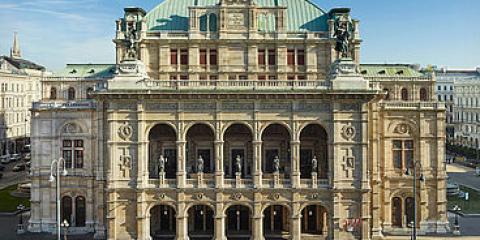-
Opernring 11010 Wien
LOHENGRIN State Opera Vienna - Wien Thu 01.May 2025 17:30 replace me !LOHENGRIN State Opera Vienna - Wien Sun 04.May 2025 17:30 replace me !
Navigation:
- shopping-cart ({{mainCartInfo.itemCount}})
-
- venues
- Genres
- language:

